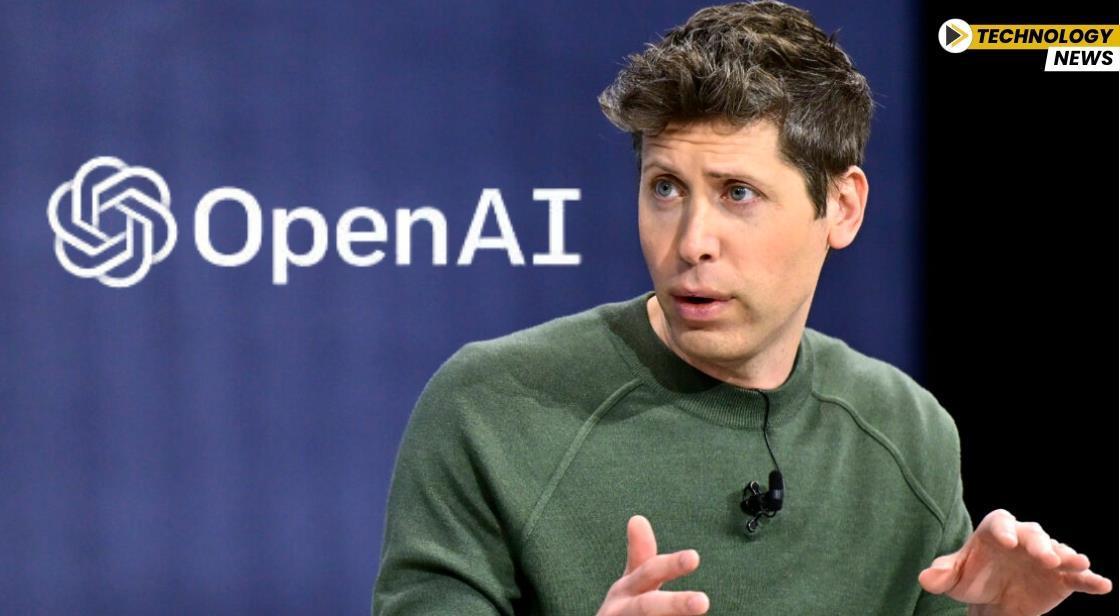Sam Altman Aims to Read Minds Using Sound Waves, No Surgery

News Synopsis
OpenAI CEO Sam Altman is reportedly venturing into brain-computer interface (BCI) technology with a secretive startup called Merge Labs. The company aims to develop a non-invasive system capable of interpreting human thoughts using sound waves and magnetic fields, avoiding the need for surgery. This approach positions Altman as a potential rival to Elon Musk’s Neuralink, which relies on surgically implanted electrodes.
Merge Labs’ Innovative Approach
Unlike Neuralink, which requires open-skull implants, Merge Labs plans to use ultrasound technology combined with genetic engineering to interface with the brain. This gentler, non-invasive method aims to make human-AI interaction seamless, safe, and widely accessible.
According to reports from The Verge, Altman is assembling a high-profile team for Merge Labs, including Mikhail Shapiro, a biomolecular engineer from Caltech known for neural imaging and ultrasound-based brain research, and Alex Blania, CEO of Tools for Humanity and formerly of Worldcoin. Shapiro is expected to play a leading role in scientific strategy and investor discussions.
Mikhail Shapiro’s Role and Expertise
Shapiro’s work at Caltech has focused on using ultrasound waves to stimulate and record neuron activity without surgical procedures. He has also explored gene therapy techniques that make cells responsive to sound waves, enabling wireless communication between biological tissue and digital systems.
His expertise aligns perfectly with Merge Labs’ vision of creating a non-invasive BCI, allowing humans to interact with AI by thought alone. Insiders suggest Shapiro will help guide the company’s scientific direction and fund-raising strategy, though his exact title remains undisclosed.
A Non-Surgical Alternative to Neuralink
Altman has publicly expressed reluctance toward brain implants, joking that such procedures “would kill my neurons.” Merge Labs’ technology aims for a read-only interface, where AI can interpret signals without altering human thoughts. This ensures safety while allowing users to think commands to AI systems like ChatGPT.
The system would use ultrasound and magnetic fields to monitor brain activity, with gene-modified neurons sensitive to sound waves acting as a wireless interface. This approach avoids the risks associated with implantable electrodes while still achieving real-time brain-AI interaction.
Potential Applications of Merge Labs Technology
If successful, Merge Labs’ BCI could enable users to:
-
Interact with AI assistants using thought alone.
-
Perform complex computing and AI-driven tasks non-invasively.
-
Experience real-time brain feedback and guidance in professional or creative work.
Altman’s vision is to make the interaction safe, seamless, and widely usable, democratizing brain-computer connectivity in a way that Neuralink’s invasive approach cannot.
Funding and Future Prospects
Merge Labs is reportedly planning a $250 million (₹2,195 crore) funding round via OpenAI’s venture arm. Altman will be listed as a co-founder, although he will not manage daily operations.
The project remains largely under wraps, but it represents a bold leap toward futuristic human-AI integration. By avoiding surgery and relying on advanced sound wave technology, Merge Labs could transform how humans interact with AI in everyday life.
Implications for the BCI Race
While Neuralink initiated the race for direct brain interfaces, Merge Labs’ non-invasive approach could redefine the industry by offering safer, more accessible technology. The potential for mind-to-AI communication without implants could open new frontiers in healthcare, productivity, and creative applications.
Altman’s venture, if successful, may make the sci-fi concept of thinking directly to your AI assistant a reality, using sound waves, magnetic fields, and genetic engineering instead of surgical procedures.
Conclusion
With Merge Labs, Sam Altman is pushing the boundaries of BCI technology, focusing on safety, non-invasiveness, and AI integration. The startup aims to create a wireless, gene-assisted interface capable of reading human thoughts, positioning Altman as a visionary in the next generation of AI-human interaction.
If realized, this technology could make brain-to-AI communication widely feasible, safer than implants, and an entirely new paradigm in human-computer collaboration.
You May Like









